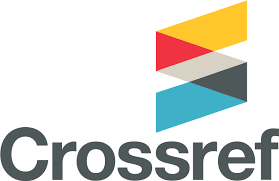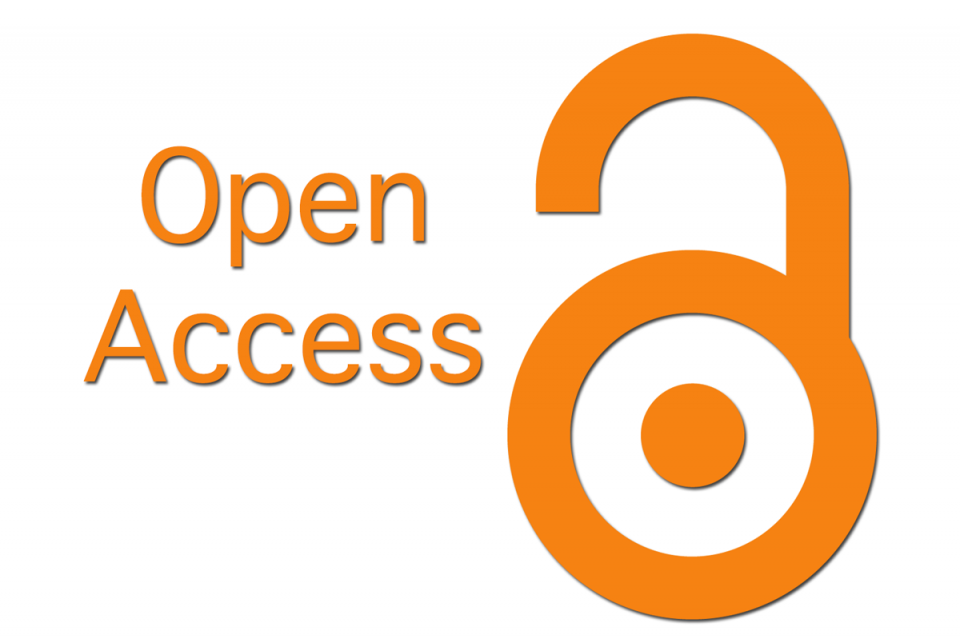Submission Preparation Checklist
As part of the submission process, authors are required to check off their submission's compliance with all of the following items, and submissions may be returned to authors that do not adhere to these guidelines.- Эта статья ранее не была опубликована, а также не представлена для рассмотрения и публикации в другом журнале.
- Файл отправляемой статьи представлен в формате документа OpenOffice, Microsoft Word, RTF или WordPerfect.
- Приведены полные интернет-адреса (URL) для ссылок там, где это возможно.
- Текст набран с одинарным межстрочным интервалом; используется кегль шрифта в 14 пунктов; для выделения используется курсив, а не подчеркивание (за исключением интернет-адресов); все иллюстрации, графики и таблицы расположены в соответствующих местах в тексте, а не в конце документа.
- Текст соответствует стилистическим и библиографческим требованиям, описанным в Руководстве для авторов, расположенном на странице «О журнале».
- Если вы отправляете статью в рецензируемый раздел журнала, то выполнены требования документа Обеспечение слепого рецензирования.
Copyright Notice
The authors, which are published in this journal, agree to the following conditions:
1. Authors retain the copyright to the work and transfer to the journal the right of the first publication along with the work, at the same time licensing it under the terms of the Creative Commons Attribution License, which allows others to distribute this work with the obligatory indication of the authorship of this work and a link to the original publication in this journal .
2. The authors retain the right to enter into separate, additional contractual agreements for the non-exclusive distribution of the version of the work published by this journal (for example, to place it in the university depository or to publish it in a book), with reference to the original publication in this journal.
3. Authors are allowed to post their work on the Internet (for example, in a university repository or on their personal website) before and during the review process of this journal, as this may lead to a productive discussion, as well as more links to this published work (See The Effect of Open Access).
Privacy Statement
The names and email addresses entered on this journal’s site will be used solely for the purposes indicated by this journal and will not be used for any other purposes or provided to other individuals or organizations.









